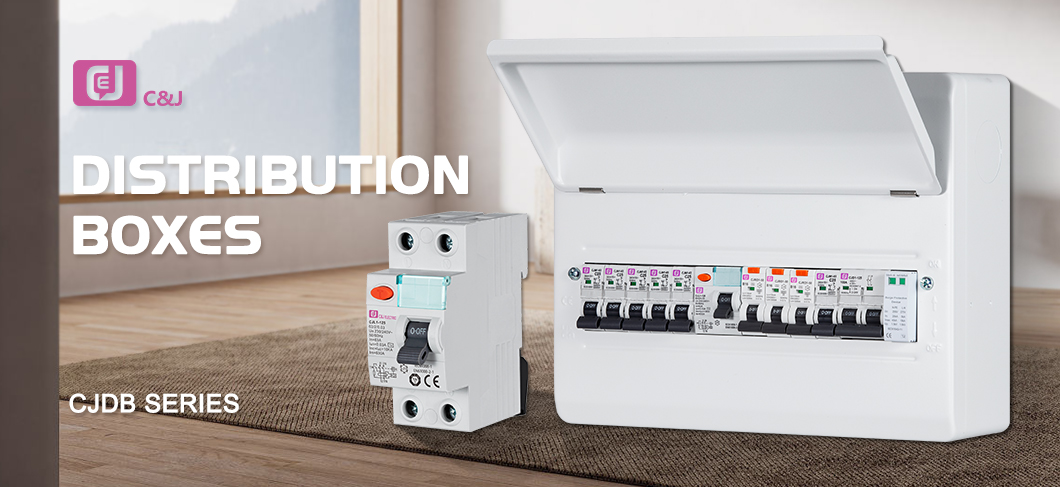Introduction
In today’s modern world, electricity has become an integral part of our daily lives. From powering our gadgets to powering our homes, electricity plays a vital role in ensuring our comfort and productivity. Behind the scenes, distribution boxes silently manage the supply and distribution of electricity to different areas of our homes and buildings. In this blog, we will explore the importance of power distribution boxes, their functions and their role in ensuring efficient power management.
Understanding distribution boxes
A distribution box, also known as a circuit breaker box, electrical panel, or electrical panel, serves as the central hub for power distribution within a building. It receives power from the mains and splits it into multiple circuits to power various appliances, sockets and lighting systems. Distribution boxes contain circuit breakers or fuses that protect the electrical system by protecting against overloads and short circuits.
Functions of distribution boxes
Distribution boxes play a vital role in maintaining electrical safety. Circuit breakers within these boxes can detect electrical faults and immediately disconnect the faulty circuit, preventing potential dangers such as electrical fires or electric shock. These circuit breakers feature manual or automatic reset options, allowing the user to restore functionality after the fault is corrected.
In addition, distribution boxes effectively regulate the flow of electricity to different areas of the building, allowing users to control power distribution as needed. For example, separate circuits can be dedicated to powering kitchen appliances, lighting fixtures, HVAC systems, and other specialized equipment, ensuring a balanced distribution of power without overwhelming any particular circuit.
Types of distribution boxes
Distribution boxes are available in a variety of sizes and configurations to suit different applications. Traditional power strips are typically large wall-mounted units with hinged doors that open to reveal wiring and circuit breakers. However, advances in technology have led to the development of smaller, more compact distribution boxes, such as modular DIN rail mounted units, which are widely used in industrial and commercial environments.
In addition, some distribution boxes use smart technology to remotely monitor and control electrical systems. These smart boxes provide real-time power consumption data, allowing users to optimize energy usage, detect potential failures, and thereby improve overall energy efficiency.
Conclusion
Distribution boxes are the unsung heroes of the electrical system, ensuring safe and efficient power distribution within our homes and buildings. From preventing potential hazards to precisely controlling power distribution, these vital components are the cornerstone of modern power infrastructure. As technology continues to advance, we can expect smart distribution boxes to enhance power management while promoting sustainable energy practices. Understanding the role and importance of electrical distribution boxes allows us to make informed decisions about the efficient use of electricity and ultimately contribute to a safer, more sustainable future.
Post time: Dec-06-2023


